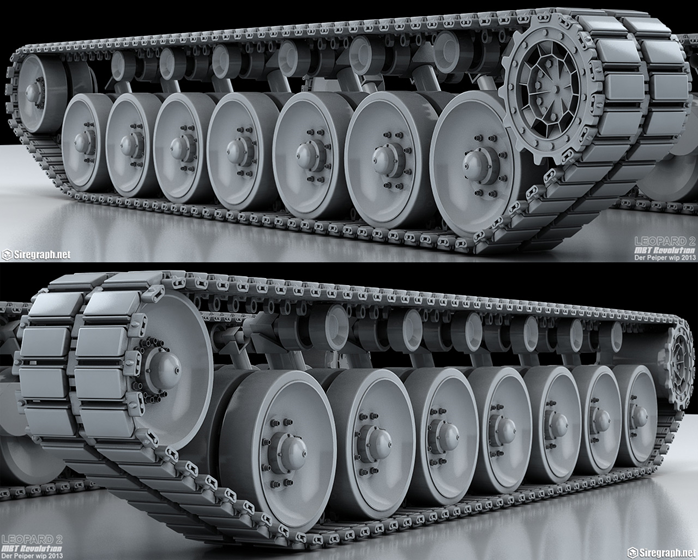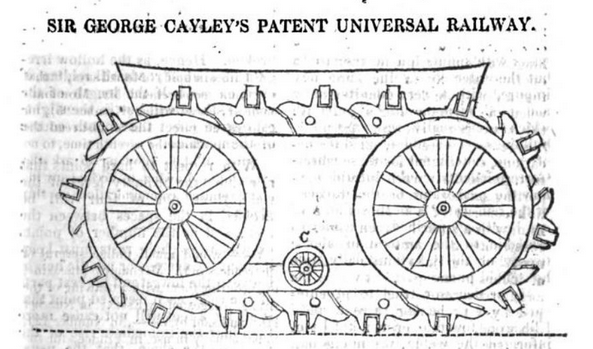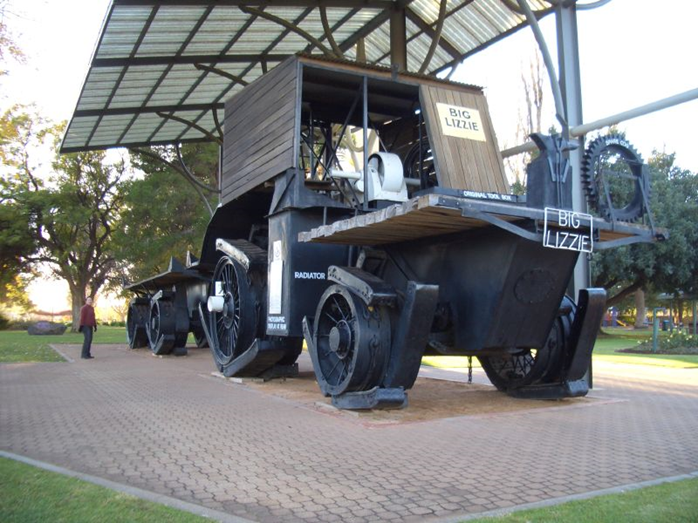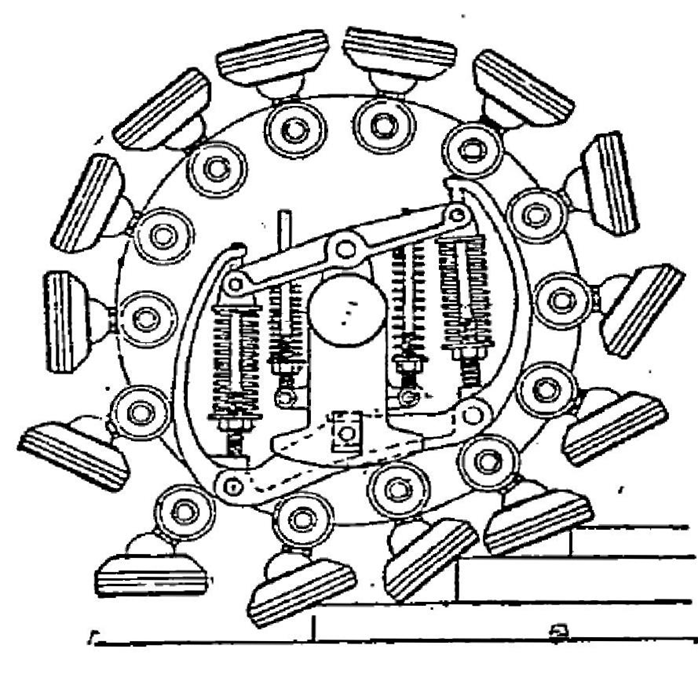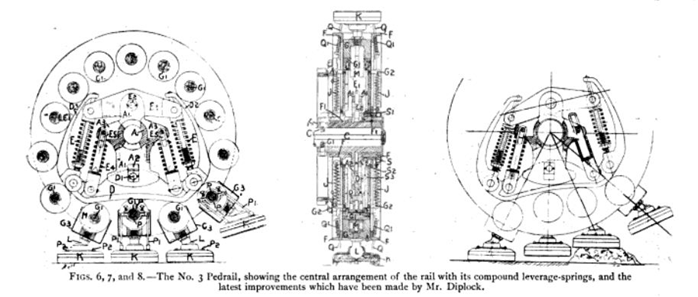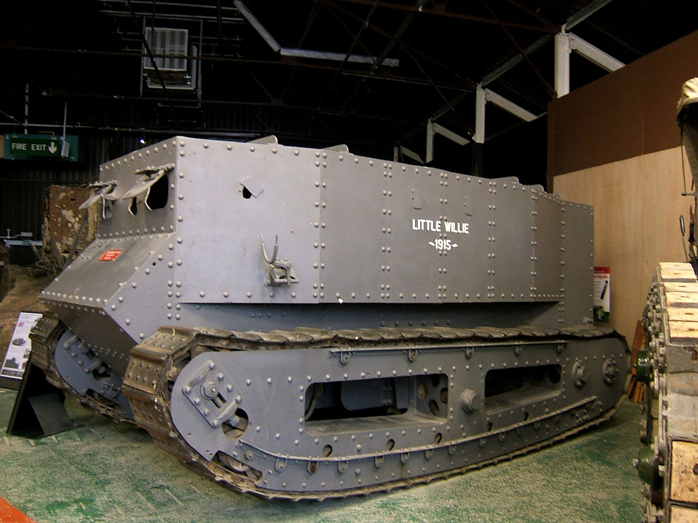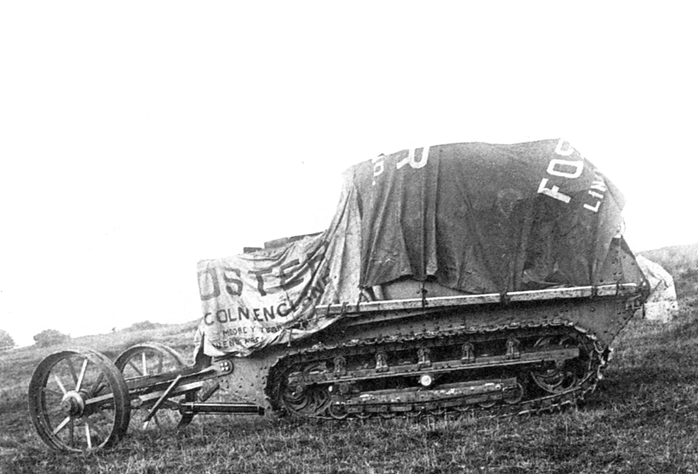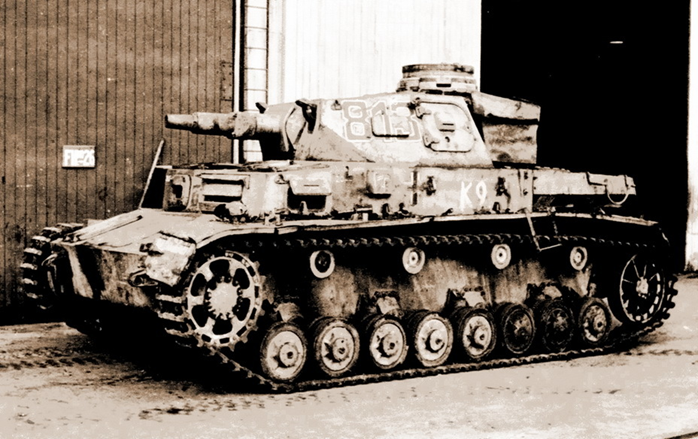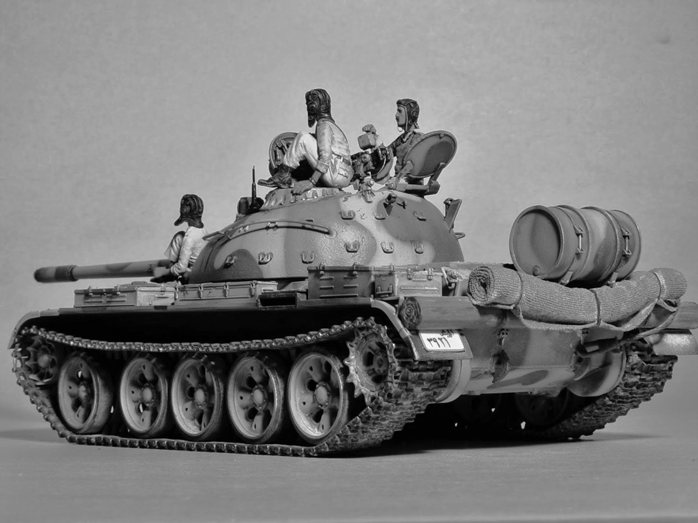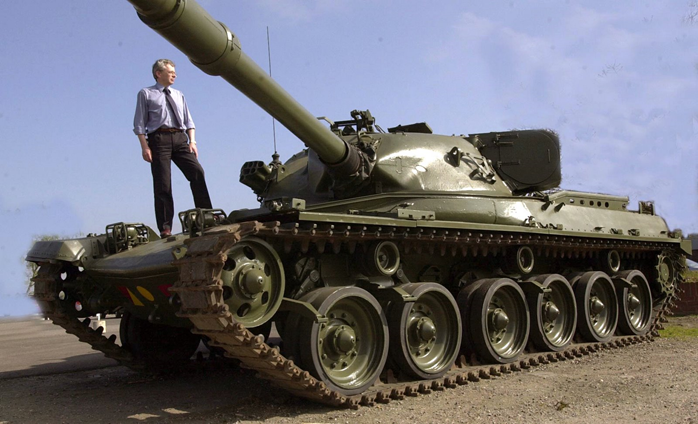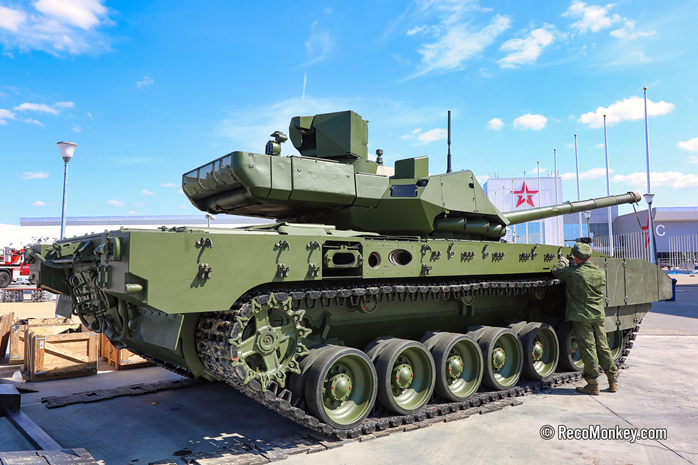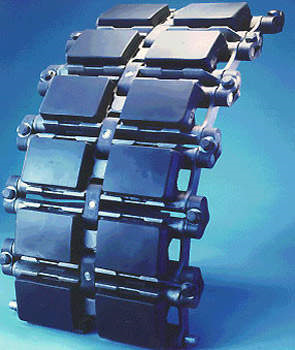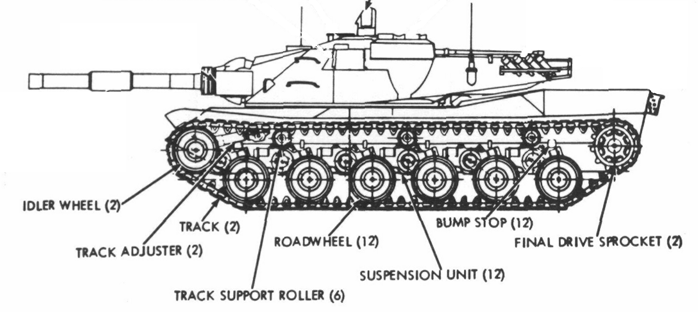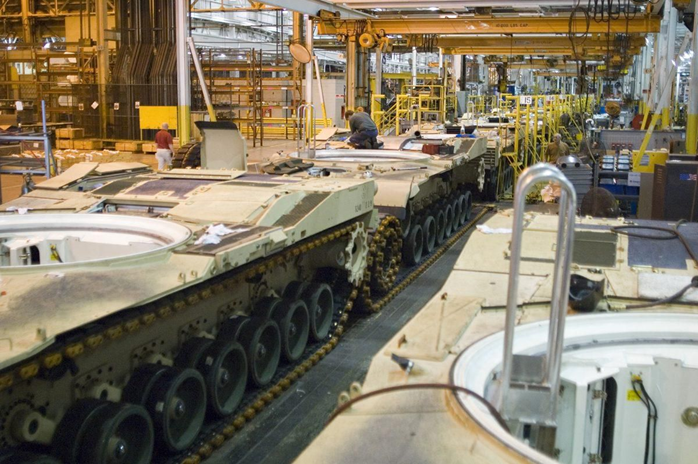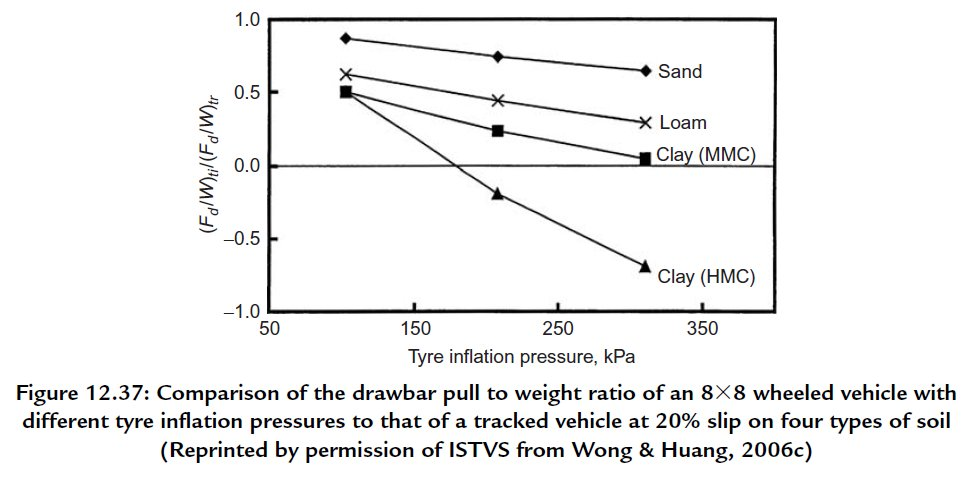What started as a brief thread on running gear rapidly got out of hand, so instead I’m doing a series of short threads on the major elements of tracked vehicle running gear design and the component parts, what variance there is and why. First a short introductory thread on tracks
Usual disclaimer - this is Twitter, I don’t have much space and so some things are simplified or omitted for simplicity. This is a hugely complex science; I’m just giving a flavour of the considerations inherent in AFV design. With that out the way…
Continuous track dates to 1830s with one of the first patents being the ‘universal railway” invented by Sir George Cayley. In 1832 a tracked steam ploughing engine was built by British textile manufacturer John Heathcote and was moderately successful until it sank into a swamp.
Various efforts manifested through the 1800s, including James Boydell’s dreadnought wheel and John Fowler’s ‘endless railway’.
Special mention to Bramah Joseph Diplock’s wonderful pedrail wheel from 1904, which is brilliantly mad.
1915 saw Little Willie (now in a loving home at the Tank Museum), the first militarised tracked vehicle. Steering required a wheeled tail, and the vehicle was unsprung, as was the case with British tanks throughout WW1.
Things develop fairly rapidly from there through WW2 and into the present day. The fundamental concept remains the same, though the technology and designs have obviously evolved significantly in complexity, capability and technical elegance
Its rather self-evident but contemporary segmented track is composed of individual links that are connected by a hinge mechanism to the neighbouring links, creating a closed ‘band’ of track.
A drive sprocket (toothed wheel) engages with the track and pulls it around the rest of the wheels, which include the idler (smooth end wheel), the roadwheels along bottom upon which the weight bears and track return rollers at the top.
Will follow up with threads going into major components and concepts including: roadwheels, sprockets, idlers & track tension, return rollers, suspension, track links, track furniture, steering, ground clearance and a few other bits.
The reason for tracks is their significantly reduced ground pressure – vehicles of similar weight & size will see the tracked one having up to 1/3 less ground pressure & up to 3x tractive performance. That means better tactical mobility & terrain access
A very light intro to tracks. Starting the threads tomorrow will be roadhweels, hope they will be enjoyable and interesting. /end #miltwitter #tanktwitter #AFVaDay #AFVMobility

 Read on Twitter
Read on Twitter